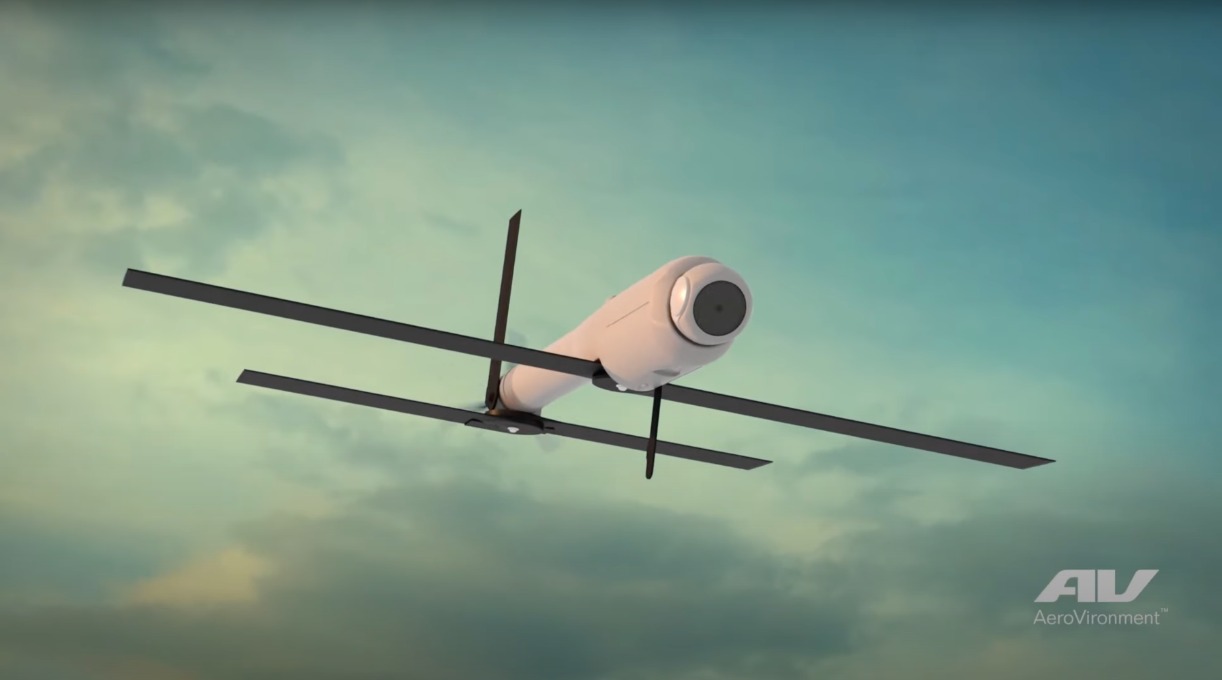Drone War: Russia and Ukraine are Both Developing FPV Drone Jammers
In the ongoing war in Ukraine, small commercial off-the-shelf drones and custom-built loitering munitions have revolutionized modern warfare, allowing Ukrainian forces to effectively target Russian tanks and positions.
Summary and Key Points: In the ongoing war in Ukraine, small commercial off-the-shelf drones and custom-built loitering munitions have revolutionized modern warfare, allowing Ukrainian forces to effectively target Russian tanks and positions.

-In response, Moscow has deployed its own drones, sparking a technological arms race as both sides develop advanced counter-drone measures.
-This includes enhanced camouflage, cope cages for vehicles, and jamming technology to disrupt drone communications and video feeds.
The Ukraine War Is Now the Drone War
Small commercial off-the-shelf drones carrying modified ordnance and specialty-built loitering munitions have both proven to be game changers in modern warfare in the ongoing war in Ukraine. Since the early days of the fighting, Unmanned Aerial Systems (UAS) have been employed by Ukrainian soldiers to target Russian tanks and forward positions to great effect. Moscow responded by deploying its own drones to target the Ukrainian platforms – and as a result, both sides are now working to develop counter-drone technology.
It has included better camouflage techniques, cope cages added to tanks and other vehicles, and even soldiers armed with shotguns as a last resort. Yet, increasingly, it has included jamming technology to disrupt communications over a wide area, as well as directed radio waves to cut a drone operator's video feed.
The drone wars continue to drone on.
Two years ago, drones began to reshape the modern battlefield, and some lamented it meant the end of the Main Battle Tank (MBT) – as the lumbering behemoths proved vulnerable to low-cost drones. But for every new weapon platform, there are efforts to counter it.
Now Electronic Warfare (EW) is once again reshaping the battlefield. A literal arms race is now underway as each side seems to counter the others' drones with jammers and scramblers, while in turn efforts are being made to overcome the latest anti-drone technology.
Russia's Drone Jammers
This week, Russian state media reported that experts at the Sky Warrior training center have also developed a new mobile EW platform that can interfere with the remote controls of first-person view (FPV) drones across a range of frequencies.
"We have developed an electronic warfare system. More than fifty products have been dispatched to the frontline. Our equipment has displayed its capabilities. It works well against FPV drones, including drones on offset frequencies. Our enemies are now flying on frequencies from 337 MHz to 1100 MHz. All of these frequencies are available and we can jam them easily," a Russian specialist identified as Pastor told Tass, and claimed that Kyiv's forces lacked the resources to overcome the Sky Warrior's radio-electronic warfare protection.
The report further suggested that Ukrainian drones were being "disabled and crash(ed) 300-400 meters away from the jamming equipment. They cannot get closer. The product comes in several configurations: a stationary unit for a motor vehicle and a man-portable kit for an infantryman - a box with straps weighing about 15 kg."
The jammer developed by Sky Warrior is reported to have three modes of operation, including being activated manually where it can "ward off" an approaching drone, triggered automatically should a drone come into range, or active all the time. Yet, it remains unclear if the jammers will impact Russian drones or other communications.
Ukraine EW Efforts
Kyiv has also been deploying jammers that according to recent reports can block about seventy-five percent of frequencies that Russia's drones currently employ to communicate with their operators. However, what has remained more challenging is countering the latest types of loitering munitions, notably the Kremlin's Lancet "kamikaze drones" that are entirely autonomous once a target has been marked.

At the same time, Ukraine's special forces have begun to introduce new drone technology that can fly and strike targets without GPS and with limited operator input, countering the Russian jammers.
The arms race of drones, jammers, and counter-jamming technology will continue, further reshaping the way modern conflicts may be fought.
Author Experience and Expertise: Peter Suciu
Peter Suciu is a Michigan-based writer. He has contributed to more than four dozen magazines, newspapers, and websites with over 3,200 published pieces over a twenty-year career in journalism. He regularly writes about military hardware, firearms history, cybersecurity, politics, and international affairs. Peter is also a Contributing Writer for Forbes and Clearance Jobs. You can follow him on Twitter: @PeterSuciu. You can email the author: [email protected].
Image Credit: Creative Commons.


